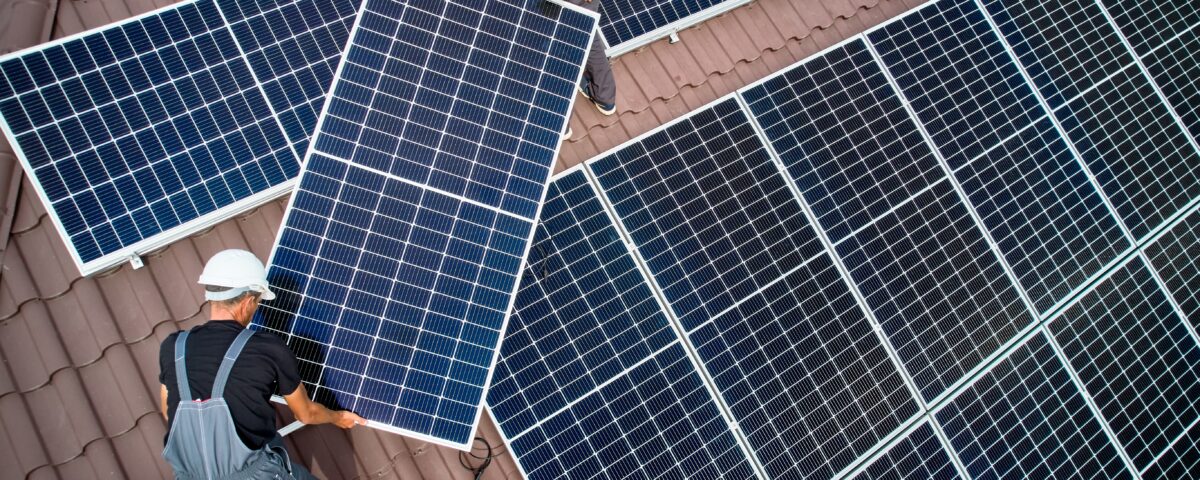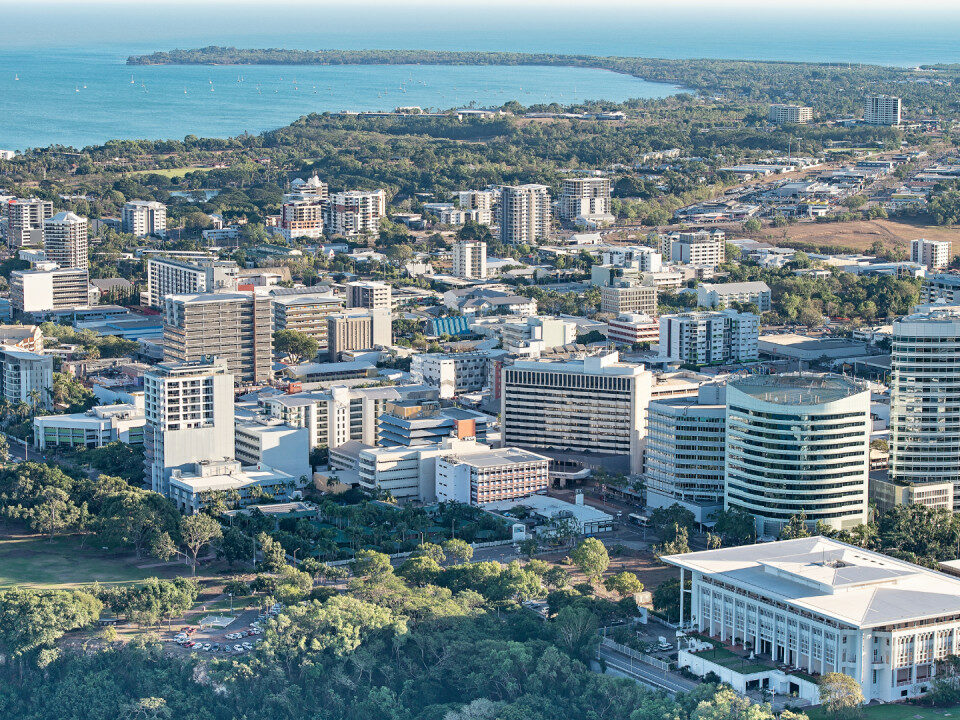- The first step is making the call.
- 1300 022 482
- hello@searchpartyproperty.com.au
Climate Change and Property Investing – What Trends are We Seeing?

The connection between property investment and combatting the effects of climate change may not be immediately obvious. However, it is believed that the built environment is responsible for producing over a third of all CO2 emissions globally. As such, making sustainability a key principle of your investment strategy can have a real impact.
This is something we have seen investors become increasingly conscious of over the last couple of years. Many are now considering a much wider range of factors when choosing properties and planning future portfolio growth. Here we take a closer look at what these are and the top property investment trends they are driving.
Sustainable designs and technologies
Property designs have evolved significantly over the last decade or so, with a much stronger emphasis placed on energy efficiency. This is largely due to an increased understanding of the key causes of inefficiency and the importance of addressing them. It is also a response to the significant advances in sustainable home technologies, which are now much more affordable and widely available.
At the same time, there has been a growing appreciation for the economic benefits that greater energy efficiency provides. Most significantly, savvy investors are now seeing the substantial savings more sustainable properties can deliver through lower ongoing costs. They are also aware that more efficient properties tend to achieve higher weekly rents and can deliver greater capital growth.
As a result, we have seen investors starting to actively seek out properties with:
- Energy efficient lighting: It is said that, on average, lighting accounts for about 10% of an Australian household’s annual electricity bill. However, more efficient solutions, like LEDs, help manage this by using 75% less energy and lasting 5 – 10 times longer.
- Higher quality insulation: A well-insulated property will be more thermally stable, which means less need for heating and cooling. In addition to lowering ongoing costs, this helps increase the resilience of the property, particularly as temperatures become more extreme.
- Higher quality windows: Australian properties are notorious for their use of poor quality single glazing, which offers minimal thermal protection. However, double and triple glazing is becoming more commonplace, thanks to its superior performance and significant impact on heating bills.
- Rooftop solar systems and battery storage: In addition to reducing consumption, many investors are now choosing to further offset usage through home energy production. When combined with energy storage technology (like batteries), this significantly reduces ongoing costs while making a property more self-sufficient.
- Water tanks: Similar to rooftop solar, rainwater capture and storage has become a standard feature in a growing number of properties. This is reinforced in many areas by planning regulations that require all new developments to have water tanks installed.
- Key design features: Efficiency and sustainability are now guiding principles for many new builds, with careful consideration given to orientation, building materials, etc. Some councils are also considering regulating certain design elements, like banning dark roofs and requiring extended eaves on west-facing properties.
- Drought tolerant landscaping: While investors have long preferred properties with low maintenance landscaping, greater consideration is being given to hardiness and watering requirements. This has accelerated the move away from large areas of lawns and toward more robust – and often native – planting options.
- Local greenery: Studies have found that, even in higher density suburban areas, an established tree canopy can substantially reduce the solar load. So, in addition to being more visually appealing, tree-lined streets tend to stay cooler, even on the hottest days.
Consideration of environmental incidents
As weather conditions become more extreme, major environmental incidents – like fires and floods – become more frequent and severe. We are already seeing this in many areas, with several regions enduring multiple catastrophic events over the last few decades. While this is not impacting local property markets yet, it is something many investors are starting to consider.
This is in no small part due to the higher risk profile associated with properties in these locations. At the very least, this increases ongoing costs, with insurance more difficult and expensive to secure. Properties in such areas will often also require expensive upgrades to ensure they are protected against potential damage.
For example, in many areas of the country, bushfire is a real threat that can cause serious damage. However, it is possible to minimise the risk by installing fireproof windows, doors, and cladding, and sufficient water storage. In fact, in many of the most bushfire prone areas, these features are required for all new developments.
By contrast, flooding is generally a less frequent and serious threat, even in the most high risk areas. However, it is difficult to protect against, which means it tends to cause more damage when it does occur. As a result, many insurance companies will not cover properties in areas that are considered particularly flood prone.
There is also a range of more localised issues investors increasingly need to take into account. For example, while coastal areas have obvious investment appeal, they are increasingly susceptible to erosion, particularly as sea levels rise. There is also growing awareness of the “heat island effect”, which causes elevated local temperatures in higher density suburban areas.
While environmental incidents have not majorly impacted property investment patterns yet, we expect this to change over the coming years. As catastrophic events become ever more frequent, investors will become more conscious of the risk and cost associated. We believe this will drive a greater cautiousness about certain areas, as investors become more sensitive to potential environmental issues.
Want to discuss this further?
If you would like more information on how climate change could impact your investments, contact Search Party Property. We can help you assess the sustainability of your current portfolio and provide practical advice on minimising its environmental impact. We can also assist you to review your investment strategy and make sustainability the foundation of your future portfolio growth.




